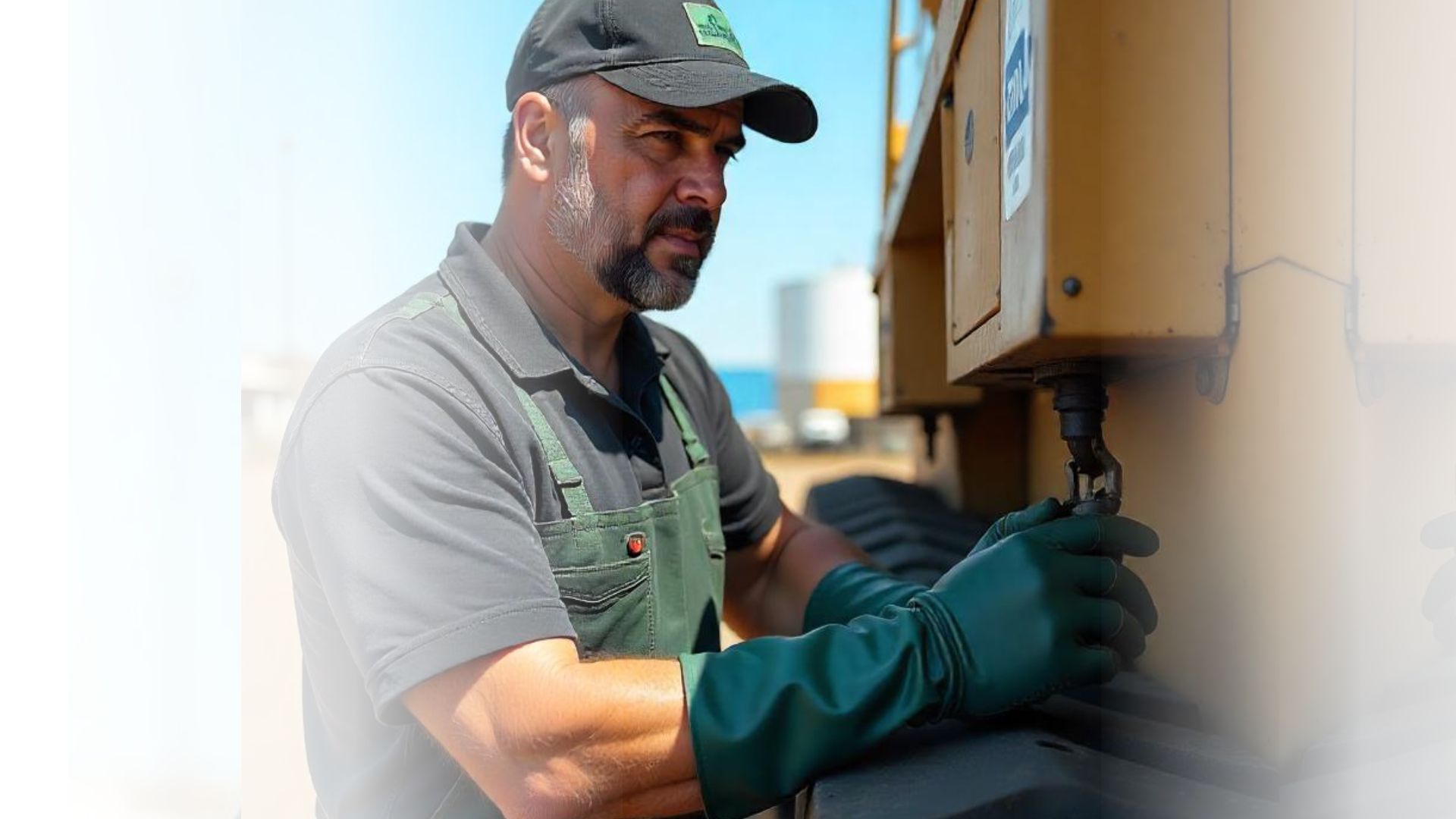In workplaces where static discharge can damage sensitive equipment and compromise safety, selecting the right gloves is essential. Electrostatic gloves play a vital role in protecting both personnel and electronic devices by effectively controlling static buildup. Here’s what to look for when choosing the right gloves for your needs.
1. Conductive Material (Carbon-Infused or Conductive Nitrile)
When it comes to Electrostatic gloves, the material’s ability to dissipate static electricity is paramount. Gloves made of carbon -infused or other conductive materials are designed to safely channel static charges from the body to the ground, preventing the buildup of dangerous static electricity. These gloves are essential in environments where sensitive electronics or other ESD-sensitive equipment are handled.
2. Check for Compliance and Certification.
Certification to recognized electrostatic standards, such as IEC 61340-5-1 or EN 16350:2014, guarantees that the gloves have been rigorously tested to meet safety benchmarks for electrostatic discharge protection. This means the gloves are scientifically proven to control the buildup of static charge and avoid the risks of static-related accidents. Look for gloves with clear ESD certifications to ensure reliable protection in your workplace.
3. Determine the Right Thickness.
The thickness of Electrostatic gloves is crucial for balancing comfort, dexterity, and protection. The ideal thickness depends on the specific tasks you’ll be performing. Gloves that are too thin may not provide adequate static protection, while overly thick gloves can hinder mobility and flexibility.
In general, electrostatic gloves should be in a thickness range of 0.076 mm to 0.203 mm (3-8 mils) for most applications. This range provides a good balance between comfort, dexterity, and static protection. For tasks requiring more durability and protection from abrasions or cuts, gloves can range from 0.38 mm to 0.50 mm (15-20 mils). The right thickness depends on the specific task and the level of protection needed.
3. Evaluate Comfort and Fit.
Comfort is key when choosing electrostatic gloves, especially if you’ll be wearing them for long periods. Well-fitting gloves improve both protection and dexterity, allowing you to perform tasks without feeling restricted.
5. Consider Durability and Reusability
Some electrostatic gloves are designed for single use, while others are reusable. Reusable gloves may be more cost-effective over time, but they should maintain their ESD properties after multiple washes. Be sure to select gloves that are durable enough for your environment while still offering reliable static dissipation.
Conclusion.
Choosing the right ESD gloves involves considering the material, thickness, fit, and durability to ensure optimal protection for both you and the sensitive electronics you’re handling. Carbon-infused gloves with conductive materials are ideal for ensuring static electricity is safely dissipated, while appropriate thickness balances dexterity and protection for your specific tasks. Whether you need high sensitivity for delicate work or durability for extended wear, selecting the right gloves is essential for creating a safe and productive work environment.
Choosing the right ESD-safe gloves ensures optimal protection, comfort, and workplace performance. Staticsafe ESD Nitrile Gloves deliver exceptional static control and a comfortable fit, helping you protect your sensitive electronics and maintain productivity.





